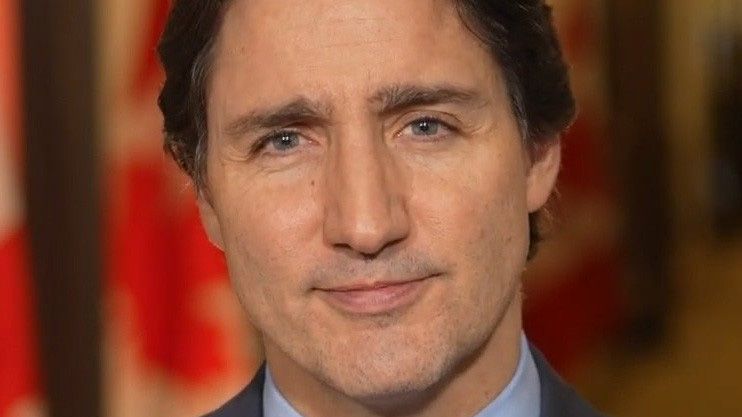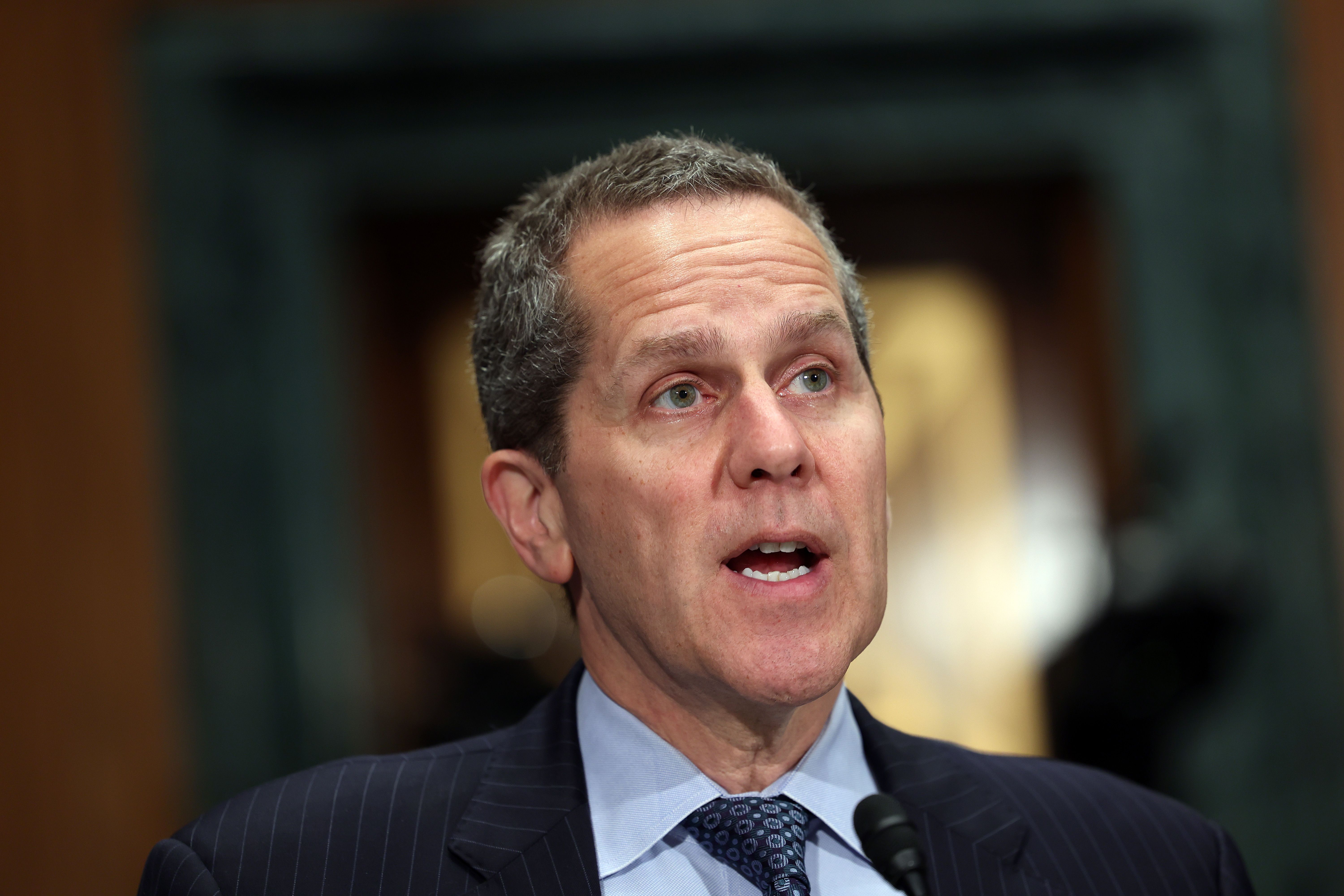Throughout 2022, the bear market has affected the blockchain industry in ways many would never have anticipated. From entire crypto exchanges imploding, to free-to-mint projects dominating the charts, and some of the biggest NFT brands defying the odds and becoming still bigger, all things NFTs have radically shifted over the last year.
But while overt market switch-ups like Reddit’s overnight NFT empire and Elon Musk’s purchase of Twitter have caused palpable ripples throughout Web3, there are less noticeable evolutions happening at the forefront of the NFT ecosystem. As entities like Gamestop, Reddit, and now Instagram continue to join the NFT marketplace race in full force, established platforms like Rarible, SuperRare, and the like have been innovating behind the scenes, changing bit by bit.
The state of NFT marketplaces
NFT marketplaces aren’t what they used to be, but it isn’t for a lack of trying that even the most prominent points of sale have been losing out. If we consider that the overall sales volume on OpenSea, the world’s largest NFT marketplace, is down nearly 90 percent in December 2022 as opposed to December 2021, it’s clear to see that the entire NFT market is in decline.
Perhaps this is why numerous marketplaces have slowly been leveling up. Whether in an attempt to maintain their market share or to simply help push the NFT space forward, many of the NFT space’s leading platforms have been undergoing changes. From adding new features to upgrading user interfaces, it may at first have seemed that each NFT marketplace update was an isolated event, but now it’s become difficult to discount the palpable trend among market movers.
Potentially one of the most palpable reconfigurations was that of Rarible. In the fall of 2022, the marketplace rolled out a feature-packed update called Rarible 2. The update saw the platform become an aggregated NFT marketplace (akin to OpenSea and LooksRare) and introduced the RARI Foundation, bringing Rarible another step toward full decentralization.
Not to be overshadowed by an opponent in any way, Rarible’s new iteration came as the exclusive platform SuperRare was also making waves by announcing something called the RarePass — an offering that gives collectors the chance to purchase artwork from up to 24 exceedingly important crypto-artists through a single transaction. Even others, like OpenSea, have entered their names into the ring as well, going through their own metamorphoses and emerging with newly robust curatorial offers, analytics, and security features for users.
Yet, while these more notable occurrences are surely indicative of that aforementioned trend, the debate surrounding NFT creator royalties has also caused platforms like Magic Eden to make significant changes to their infrastructures. As zero/optional royalties marketplaces like Blur, X2Y2, and others surge, stagnancy is undoubtedly wearing thin in the NFT space. But whether or not this current marketplace evolutionary fad and/or changing of the guard will be beneficial or disadvantageous for Web3 remains to be seen.
Read More: nftnow.com









 Bitcoin
Bitcoin  Ethereum
Ethereum  XRP
XRP  Tether
Tether  Solana
Solana  Dogecoin
Dogecoin  USDC
USDC  Cardano
Cardano  Lido Staked Ether
Lido Staked Ether  TRON
TRON  Avalanche
Avalanche  Wrapped stETH
Wrapped stETH  Sui
Sui  Chainlink
Chainlink  Toncoin
Toncoin  Shiba Inu
Shiba Inu  Stellar
Stellar  Wrapped Bitcoin
Wrapped Bitcoin  Polkadot
Polkadot  Hedera
Hedera  WETH
WETH  Bitcoin Cash
Bitcoin Cash  Uniswap
Uniswap  Pepe
Pepe  Litecoin
Litecoin  Hyperliquid
Hyperliquid  LEO Token
LEO Token  Wrapped eETH
Wrapped eETH  NEAR Protocol
NEAR Protocol  Internet Computer
Internet Computer  Ethena USDe
Ethena USDe  USDS
USDS  Aptos
Aptos  Aave
Aave  Render
Render  Mantle
Mantle  Bittensor
Bittensor  POL (ex-MATIC)
POL (ex-MATIC)  Cronos
Cronos  Ethereum Classic
Ethereum Classic  Artificial Superintelligence Alliance
Artificial Superintelligence Alliance  MANTRA
MANTRA  WhiteBIT Coin
WhiteBIT Coin  Arbitrum
Arbitrum  Virtuals Protocol
Virtuals Protocol  Monero
Monero  Tokenize Xchange
Tokenize Xchange